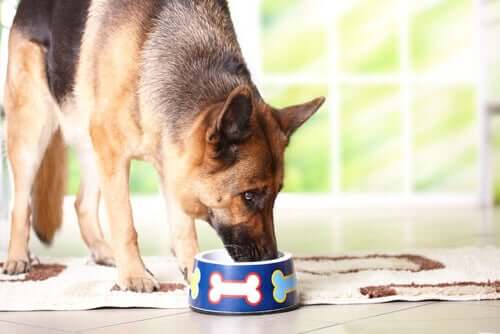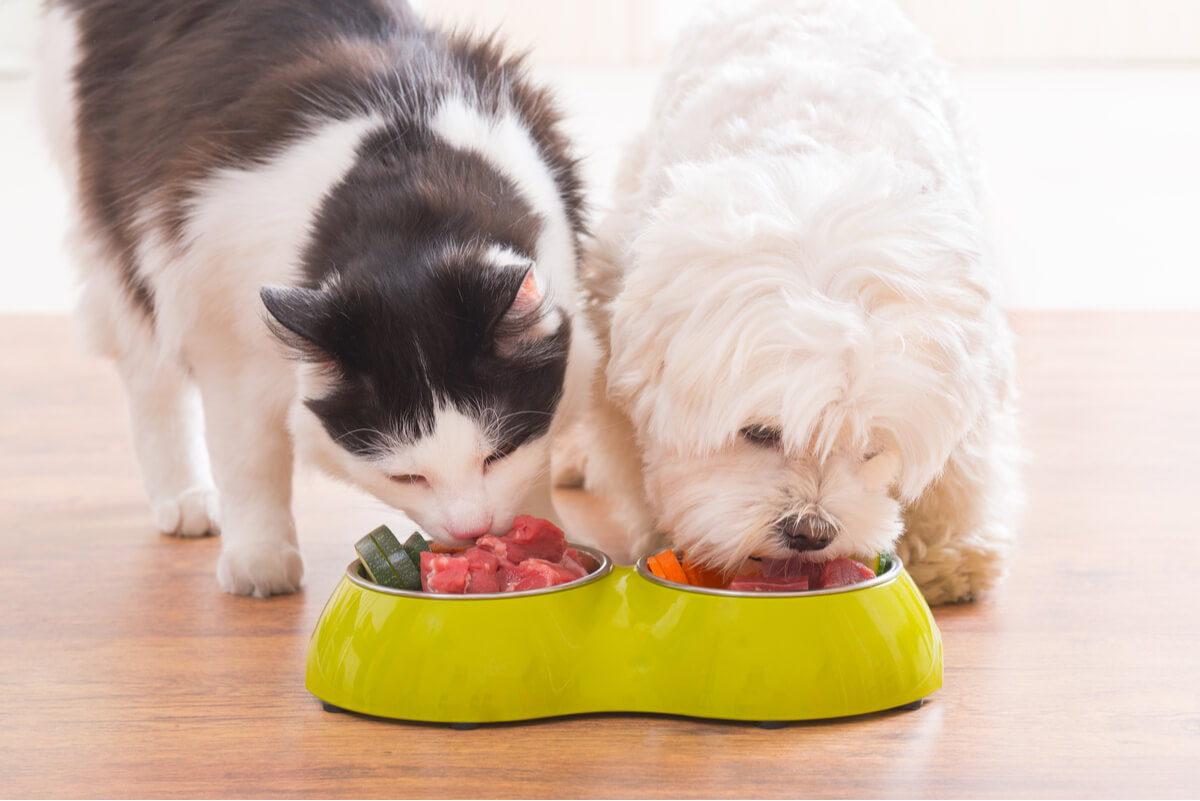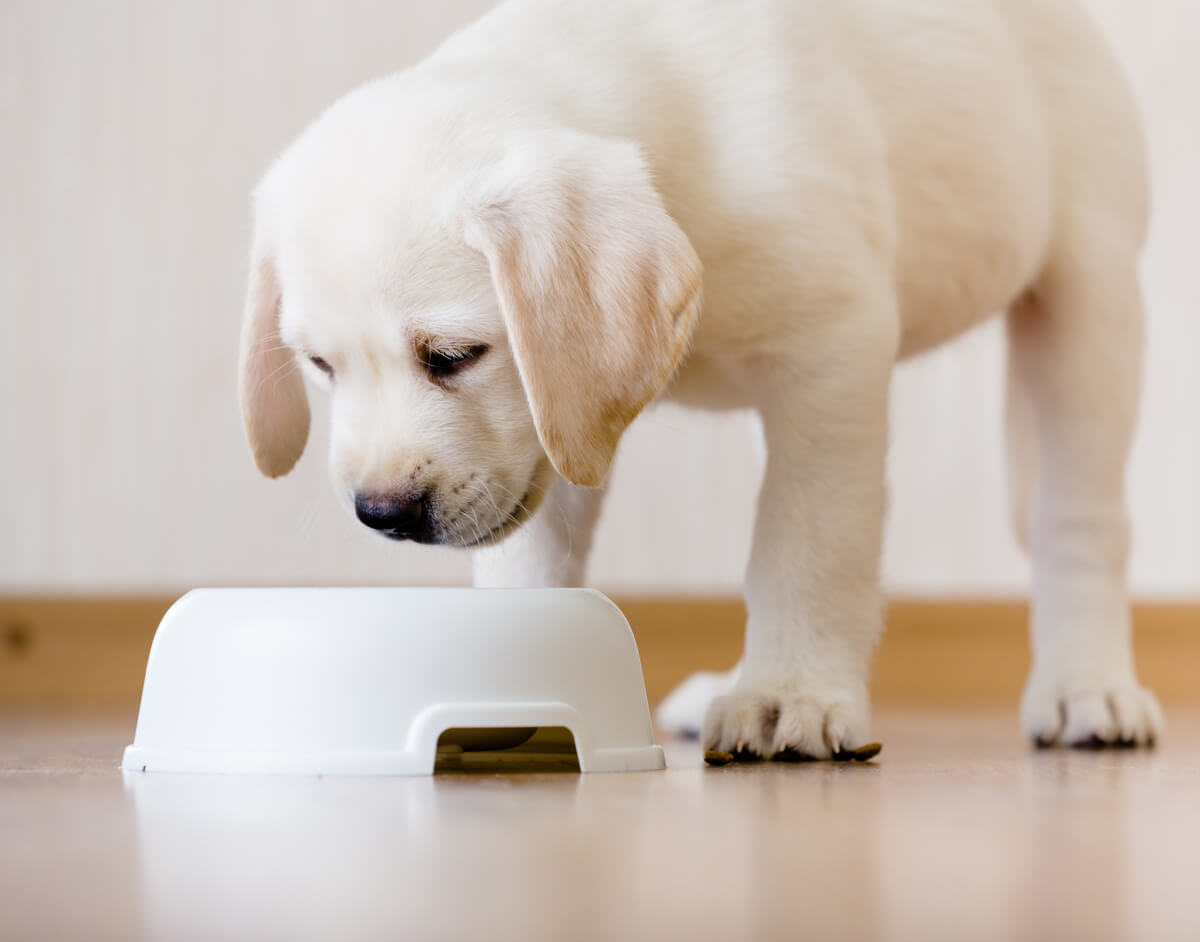FEDIAF Presents New Nutritional Guidelines for Dogs and Cats
Every year, the FEDIAF updates its contents to offer updated and safe nutritional guidelines for dogs and cats, where the digestion of pets is the protagonist.

The European Pet Food Federation (FEDIAF) is an organization that, since its foundation in 1970, has played a representative role in the pet food industry in Europe. Its work has united 26 European countries – most, but not all, belonging to the European Union – and represents 95% of all companies that produce pet food. In September 2020, the FEDIAF presented a new nutritional guidelines for dogs and cats.
The document was released at the Veterinary Congress of the European Society for Comparative and Veterinary Nutrition (ESVCN), which was held virtually. Below, you’ll find the most relevant information about this new guide.
What’s the objective of the FEDIAF?
One of the main objectives of the European Companion Animal Feeding Federation (FEDIAF) is to determine animal welfare. This is accomplished by offering pet food that contains the ideal amount of nutrients.
These foods must have an optimal nutritional balance. In this case, dietary health in pets is achieved at a production level thanks to the new nutritional guidelines for dogs and cats. These are generated annually, with the support of scientists and technological advances.
Likewise, FEDIAF guarantees that nutritional guidelines are developed by a competent team of researchers and scientists. The new nutritional guide has the most advanced knowledge on nutrition for dogs and cats, allowing pet food manufacturers to guarantee a balanced and safe production for the pets in thousands of European households.
Thanks to the work of the FEDIAF, European companies are developing more and more products according to the nutritional needs of pets, especially dogs and cats.
On the other hand, the Scientific Advisory Council (SAB) of the FEDIAF is the body in charge of interpreting and evaluating the latest scientific research. Their goal is to ensure that the nutrient recommendations in nutrition guides and documents are as up-to-date as possible. For this reason, the guidelines of this project included two researchers with extensive knowledge in the veterinary field.
The first was Charlotte Reinhard Bjørnvad from Denmark, who has experience in metabolic disorders – such as obesity and diabetes mellitus in pets. The second place was for Ana Luísa Lourenço from Portugal, who has experience in nutrition and physiology. With these positions, the SAB board of directors increased to 12 people, who seek to keep the guides updated.

What’s in the FEDIAF guide?
In addition to providing recommendations on the minimum and maximum levels of nutrients in commercial pet food for dogs and cats, the new guide to nutritional guidelines for dogs and cats contains valuable information for evaluating the nutritional value of pet food, and recommendations on its energy contribution.
The guide also reflects the amounts of essential nutrients found in commercial products. In this way, pet owners will have more information to decide which product to purchase, in order to guarantee adequate and safe nutrition through long-term consumption.
This is especially important in the case of products according to specific nutritional needs for sick animals.
Nutritional safety levels
Likewise, this document presents a margin of safety in the minimum recommended nutritional levels. Thus, the prevention of deficiencies in pets due to animal variations and nutrient interactions is encouraged. This measure was proposed for ingredients with normal digestibility in dogs and cats, with a protein digestion level of greater than 80%.
The maximum measures of the document are those allowed according to EU legislation in this area of veterinary medicine. However, the FEDIAF makes a clarification regarding pet foods whose nutrient levels are outside the document’s recommendations. The institution argues that these may be adequate, depending on the justification given by the manufacturer regarding their suitability and safety.

As you can appreciate, the FEDIAF fights to guarantee that pets can have a balanced and, above all, safe nutrition. The digestion of cats and dogs is the most important aspect of the nutritional guidelines that are established thanks to the work of different scientists, who always seek to ensure the pet food industries adhere to the guidelines they recommend.

